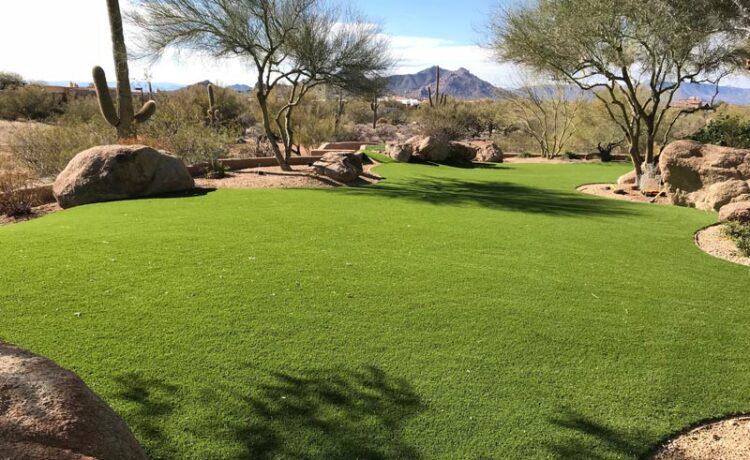Artificial grass, also known as synthetic turf or fake grass, has witnessed a meteoric rise in popularity over the past decade. With advancements in technology and a growing emphasis on sustainability, this synthetic alternative to natural grass has become a game-changer in landscaping solutions. Whether it’s a residential lawn, a sports field, or an urban park, artificial grass offers a range of benefits that are transforming outdoor spaces across the globe.
The Green Solution: Preserving Water Resources
One of the most significant advantages of artificial grass is its ability to conserve water. In a world facing increasing water scarcity and drought conditions, the need for water-efficient solutions has become paramount. Unlike natural grass, which requires regular watering to stay lush and green, artificial grass thrives without extensive irrigation. By choosing synthetic turf, individuals and communities can significantly reduce their water consumption while still enjoying a vibrant and visually appealing outdoor environment.
Year-round Beauty: Low Maintenance, High Aesthetics
Maintaining a natural grass lawn demands considerable time, effort, and resources. From mowing and edging to fertilizing and watering, the list of tasks can be overwhelming. Artificial grass eliminates the need for regular upkeep, providing a low-maintenance alternative that stays consistently green and attractive all year round. Regardless of the climate or season, synthetic turf retains its impeccable appearance, allowing homeowners and facility managers to enjoy a picturesque landscape without the hassle.
Enhancing Outdoor Play: The Future of Sports Fields
Sports enthusiasts and athletes are no strangers to the benefits of artificial grass. Professional sports teams, schools, and recreational facilities are increasingly opting for synthetic turf surfaces due to their exceptional durability and performance. With its consistent playability, improved shock absorption, and excellent traction, artificial grass provides an optimal playing field for various sports, including soccer, football, golf, and more. Furthermore, its resistance to wear and tear ensures a longer lifespan compared to natural grass, making it a cost-effective investment for sporting venues.
Going Green: Environmental Sustainability
Artificial grass aligns with the growing global focus on sustainability and eco-friendly practices. By eliminating the need for chemical fertilizers, pesticides, and herbicides, synthetic turf significantly reduces the environmental impact associated with traditional lawn care. Moreover, the absence of constant mowing reduces air and noise pollution, contributing to a healthier and more serene living environment. Additionally, the use of recycled materials in the manufacturing process of synthetic turf further enhances its eco-credentials, making it an environmentally responsible choice for conscientious consumers.
Versatile Applications: Beyond Residential Landscaping
While artificial grass is most commonly associated with residential lawns, its potential extends far beyond domestic applications. Public parks, commercial complexes, rooftop gardens, and even indoor spaces can benefit from the versatility of synthetic turf. Its ability to withstand heavy foot traffic, adapt to different terrains, and resist adverse weather conditions makes it an ideal choice for various settings. Whether it’s creating a green oasis in a concrete jungle or transforming a high-traffic area into a visually appealing space, artificial grass offers endless possibilities for imaginative landscape design.
Conclusion:
As artificial grass continues to gain traction, it reshapes the way we think about outdoor spaces. With its water-saving properties, low maintenance requirements, and durability, synthetic turf provides an attractive and sustainable solution for homeowners, sports facilities, and urban landscapes alike. By embracing artificial grass, we pave the way for greener, more efficient, and visually captivating environments that enhance our quality of life while minimizing our ecological footprint.











